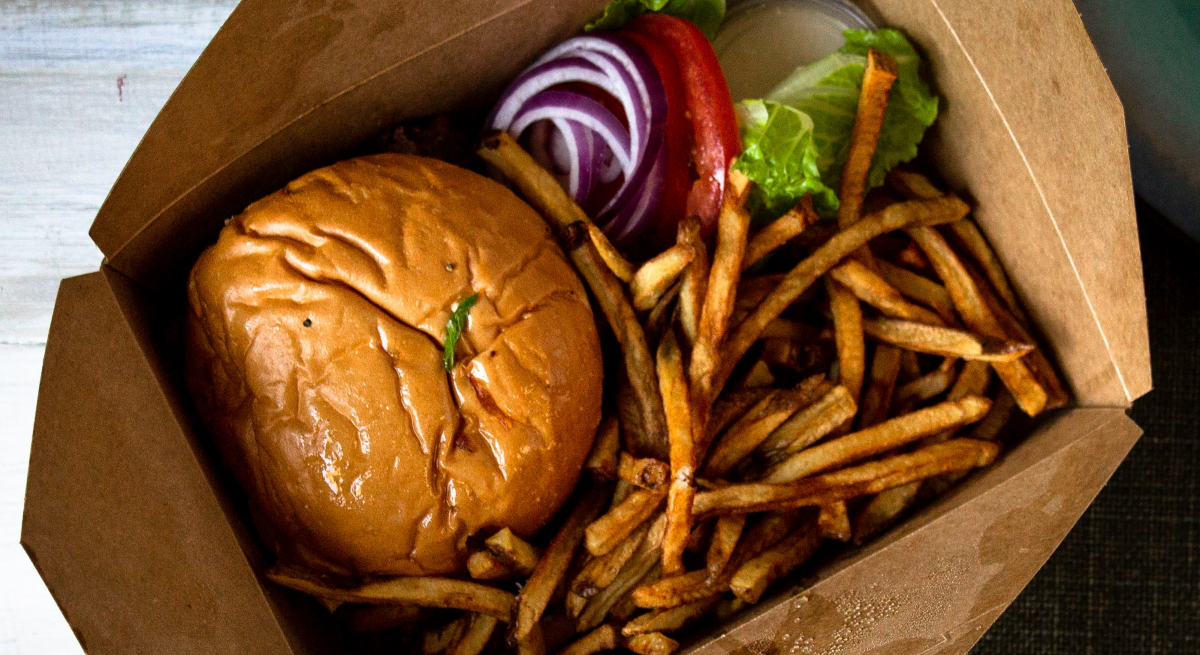Seven Common Challenges Food Delivery Software Can Solve
3 Min Read By Dhruvil Sanghvi
Across every business, it has become imperative to incorporate technology into operations. Within the F&B sector, the pandemic has spurred the rise in online deliveries, prompting restaurants to upgrade their legacy systems, as a means of meeting customer demands. Whether we speak about a traditional restaurant, a chain of Quick Service Restaurants (QSRs), or dark kitchens, there is a strong need to set up a website or app to accept consumer orders or collaborate with third-party carriers for food delivery.
During the transition to online operating models, there are several challenges that companies could face. Here’s how food delivery software can help.
1. Easier Order Management
During peak delivery hours, it can be challenging to juggle multiple orders while also keeping factors like distance, driver and vehicle availability, transaction type, and so on in mind. In such scenarios, it is beneficial to deploy a single screen that shows all of your order details in real-time. This would comprise information related to when the order was formed, the order number, payment mechanism, quantity of items ordered, and name of the delivery associate, total order cost, delivery address, and more.
With this, the store manager can see real-time data for assigned deliveries, unassigned deliveries, in-transit deliveries, orders completed, orders attempted, and orders cancelled.
2. Digitizing and Automating Order Allocation
It is critical to have a thorough picture of your delivery riders in order to ensure optimal order distribution, as well as important information such as licenses, registration, pollution, and insurance papers among other things. A comprehensive delivery management platform has all of these things taken care of.
Additionally, such software generates DRS (Delivery Run Sheets) for drivers automatically on the basis of a brand’s business goals and the constraints you set. For instance, assign orders by optimizing for objectives like speed of delivery or sustainability or costs. It can be a mix of the objectives as well.
3. Route Optimization
In order to allocate orders automatically, a food delivery software uses route optimization. This component of the software helps in delivering to the end customer in the best possible manner depending on the preferences of the end customer and the shipper.
4. Improving Delivery Driver Performance
Managing drivers and fleets is a growing challenge for fast food restaurant chains owing to the rise in online food ordering. Some brands have their own fleet and some rely on third party drivers. In addition there are orders being fulfilled by third party aggregators. For a growing restaurant chain, it is critical to get this strategy right and a platform like which has a carrier integration marketplace comes in handy. The gamification features within the driver app incentivises the drivers to earn more and increase efficiency.
5. Real-Time/Live Order Tracking and Updates
Through the use of food delivery software, a brand can generate tracking links through which the end customer can track orders in real-time. Apart from a great end customer experience, this also allows the brand to keep a track of its drivers and measure performance.
Such tools also showcase the list of orders, trip summary, order transfers, ability to accept and reject orders, payment for delivery, driver leader board, etc. Further enhancing the delivery experience, customers can also connect with the driver to get updates on their orders.
6. Customer Feedback on Food and Delivery
In today’s age, automated and sophisticated means of gathering customer feedback is critical. A food delivery software should have a customer experience module built in through which a brand can take in customer feedback on the quality of food, quality of delivery and overall satisfaction rating.
This becomes an effective feedback mechanism for brands to service their customers better and in the process, achieve their business goals.
7. Enhance Brand Value
Establishing brand presence is critical towards reaching customers. With the aid of software, owners can customize their portal to include branding elements such as names, logos, and other necessary criteria for push notifications, to engage with their target audience. In the current times when third party food aggregators are high on branding, it is critical for restaurants to open up avenues through which the end customer has their brand recall and owning deliveries is one way of achieving this.
Overall, there is a massive disruption happening in the restaurant business with the huge rise in online deliveries. This has made it critical for brands to own their deliveries and logistics. And this is exactly the promise of a food delivery software- to enable brands to own, optimize and automate their deliveries through which they can earn higher margins and the end customer experience is also significantly improved.

